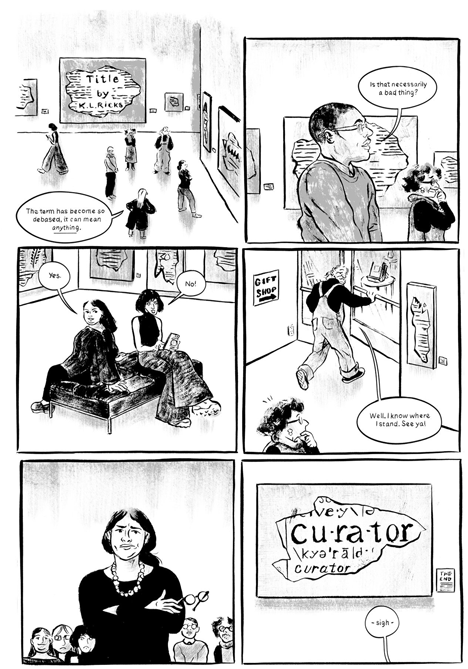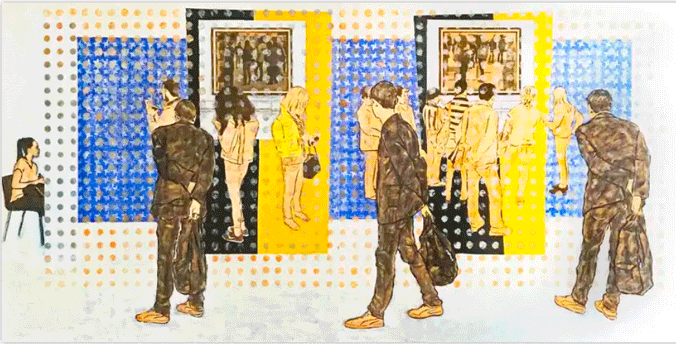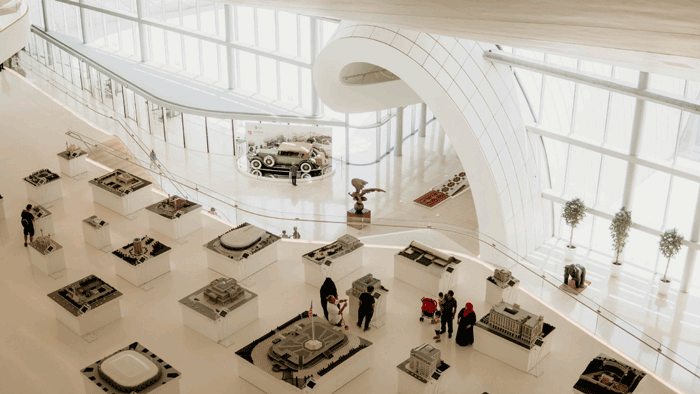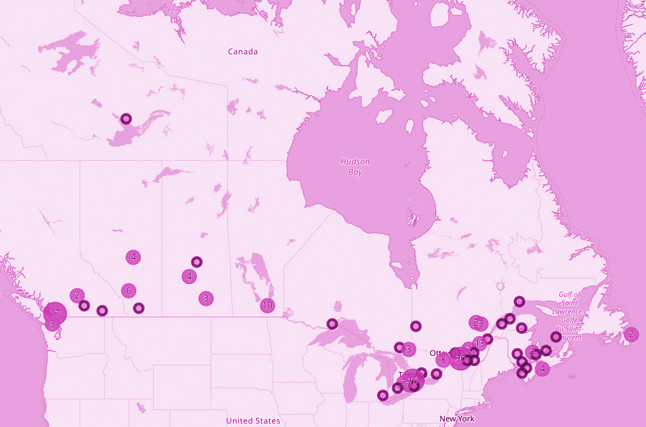In recent years, the term “curate” has been a popular way to describe the action of organizing specialized items, objects, or ideas; currently, it seems that anyone can “curate” aspects of their personal lives or belongings. Curating “materializes within the every day,” whether that be the curation of someone’s wardrobe, record collection, wine selection, or social media feed. While the term has taken on a popularized definition and use in recent years, its history and purpose are extensive –– the word embodies the practice of what a curator does. For a curator, the term “curate” has a broad and complex meaning. There are multiple types of curators and various practices of how curators operate. Despite this recent surge in vernacular use of the word “curate,” the question of what a curator truly is and what a curator truly does, is still elusive to the general population. As Jessica Morgan, the former Curator of International Art at the Tate Modern, alludes in her reflection, What is a Curator?, the question that best represents how people respond to her job title is, “what do you do?”

Morgan argues that “The term ‘curator’ is now a vast, all-encompassing category embracing many workers in the field of visual arts, including education and the many disciplines” that constitute the organization of art exhibitions. Art curators work diligently to assist with various organizations’ operations, whether art galleries, film festivals or art publication houses. Institutional and independent art curators work closely with artists to build relationships with collectors, develop projects, and advance the industry of art.

In history, cultural studies, museums, and libraries, curators are the caretakers of information, artifacts, artworks, and more; they are the mediators and preservers of historical knowledge. The job of a curator varies depending on the type of institution or organization that a curator works for. Regardless of the field that a curator works in, their day-to-day position requires extensive research, reading, and writing, as well as copious administrative tasks. Generally speaking, a curator manages the process of making knowledge, history, and artworks visible to the public.

The job role of a curator is hard to categorize. The specific role is usually unique to the collection, institution, or practice they work with. Their formal responsibilities, practices, and interests may overlap into different fields. With this in mind, here are various examples of curatorial roles.
Museum Curators
Museums are institutions that maintain collections of objects with historical value. Depending on the position within an institution, curators require extensive education and experience to land a job. For example, museum curators often require multiple postsecondary degrees with specializations in history, critical museological studies, and even conversation; these degrees solidify a curator’s knowledge to properly care for the physical and conceptual preservation of objects and ideas. Museum curators oversee the acquisition of collected items, the cataloguing of collections, and the public exhibition of collections. According to Anne Pushkal, museum “curators may also conduct ground-breaking research,” used to show new developments in various knowledge fields. The production of a joint museum exhibition takes roughly two-years to complete.

Art Gallery Curators
In Canada, art galleries are categorized into three types –– public, artist-run, and private. Curators at public galleries such as the Vancouver Art Gallery are similar to museum curators in that they work closely with collections of artworks. In public galleries, curatorial roles can range from exhibition curators who oversee the conceptual and visual creation of thematic solo and group exhibitions to programming curators who develop educational content about exhibitions, artists, and gallery operations for the public. Programming content can include exhibition tours, artist talks, children’s workshops, and more. Artist-run centres, like grunt Gallery in Vancouver, operate through charitable status and annual government grants. They are often small institutions and, in retrospect, have smaller staffs; therefore, these curators take on a multi-tasking role. Their tasks include producing exhibitions, communicating with and researching artists, liaising with board members, writing and editing curatorial texts, organizing outreach and educational programming, hosting events, coordinating funding, drafting grants and annual reports, installing artworks, and so on. Private galleries are commercial spaces that represent artists and collectors through the monetary sales of artworks. In private galleries, curators primarily negotiate the rapport between the public and private sectors of the art industry.

Independent Curators
Self-dependent curators generally work as freelancers or contractors. They do not work for a specific museum or gallery, instead, they work in various capacities with different institutions. Many emerging curators first need to work independently to attain the practical skills required to work full-time in a gallery. With diverse skill sets, independent curators are sometimes artists, writers, as well as scholars. They seek opportunities to work with diverse artists, find space to house exhibitions, submit to project proposal calls, and acquire funding to execute projects. According to an interview with Vice, Independent curator Coco Dolle says her desire to work independently “started with a strong desire to pave my road without having to ask for someone's validation and to keep moving forward on my agenda.” While many independent curators work collaboratively and with support, they are often the creative agents of their projects. They conduct all the laborious tasks of both public and artist-run curators themselves.

Curators are both hard-working administrators, managers, and creatives. At the foundation of every exhibition or cultural presentation in an art gallery or museum is the hand of a curator – through collaboration with teams of cultural workers, curators carefully craft combinations of artworks, research, and visuals to inform mass audiences about specific and unique knowledge and histories.

